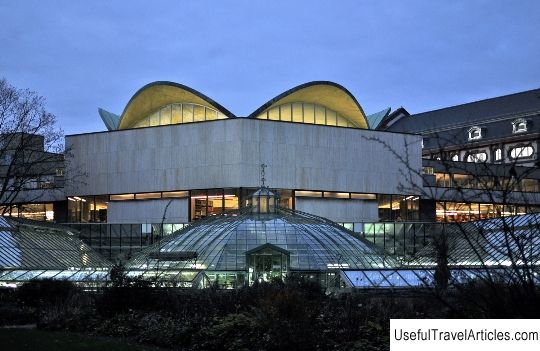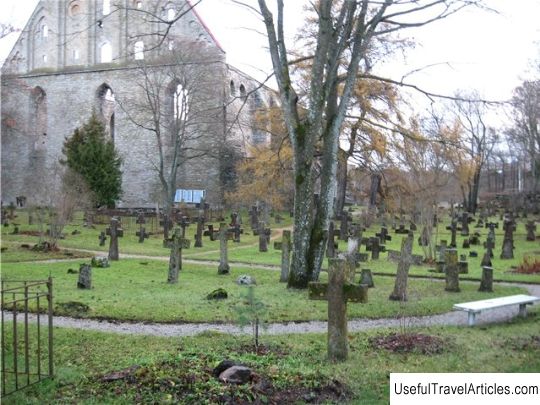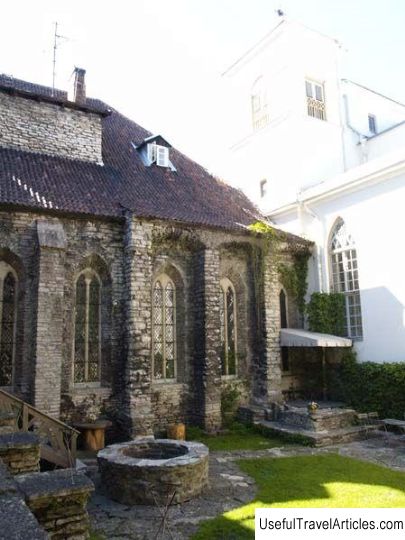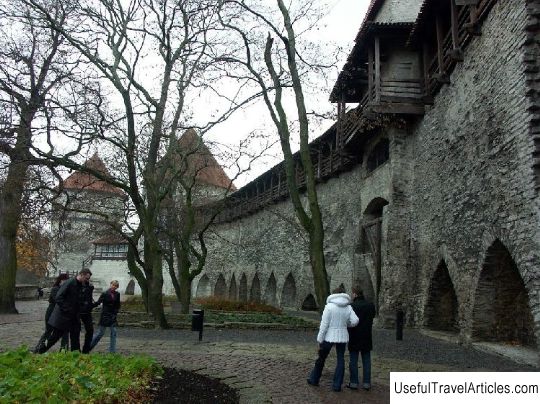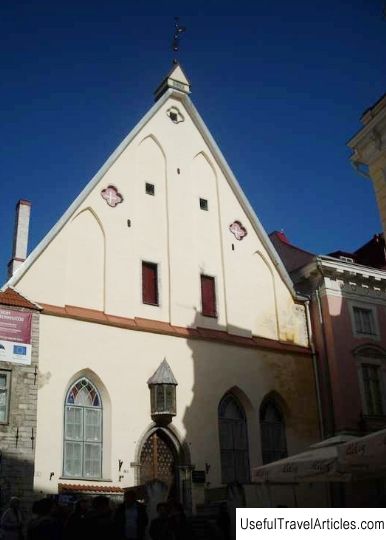Padise Castle Monastery (Padise Klooster) description and photos - Estonia: Tallinn
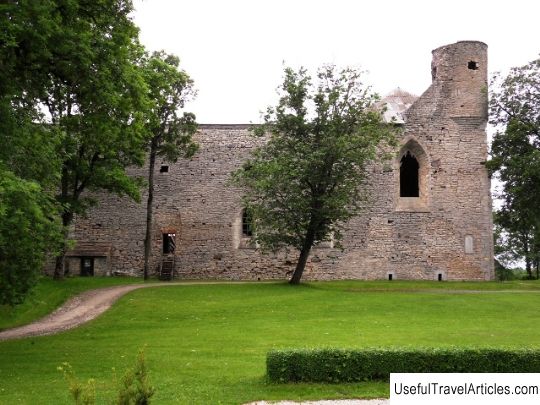
Padise Castle Monastery (Padise Klooster) description and photos - Estonia: Tallinn. Detailed information about the attraction. Description, photographs and a map showing the nearest significant objects. The title in English is Padise Klooster. Photo and descriptionIn 1220, the land surrounding the village of Padise was given to Dunamunde Monastery (today Daugavgriva in Riga) as a reward for the fact that the natives of this monastery helped lead to faith and baptism local residents. Presumably, a chapel (chapel) was originally built, which is believed to be stone. At least there is information that in 1310 the monks asked the Danish king Eric Menved for permission to build stone buildings. Several monks were sent here to develop the religious life of the village and to maintain the chapel. In 1317, active construction of church buildings began in Padise. For the work, Vasalemmaic marble was used, and later boulders. The stone wall surrounding the massive monastery buildings depended on the relief and followed the riverbed. The development of the monastery was suspended in 1343 on the night of St. George's Day, when the Estonian uprising took place. Then, according to the chronicle of Hermann Wartberg, 28 monks were killed and the buildings were set on fire. After the uprising, Denmark handed over Northern Estonia to the Livonian Order. The Cistercians led an ascetic lifestyle, did not eat meat. The Cistercians are a Catholic monastic order that separated from the Benedictine order in the 11th century. Cistercian monks are characterized by a contemplative, ascetic lifestyle. The churches of this order are characterized by the complete absence of luxurious interiors, precious utensils, and paintings. The order became so influential and famous that in the 13th century it already numbered about 200 monasteries, and by the beginning of the 14th century their number had increased to 700. In honor of Saint Bernard of Clairvaux, who played a significant role in the formation and development of the order, the craftsmen carved on the stone console of the church the image of this saint along with the symbol of fidelity - the dog. The Cistercians established a fish farm in Padise, which included several ponds. The monastery reached its highest dawn in 1400. After the Livonian War, most of the monastery buildings were destroyed. It is known that during this war the abbot of the monastery was beheaded. Since then, there has been a legend about the ghost of a monk living here, who can appear in front of people at any time of the day or night. Today, the ruins of the Padise monastery have undergone partial restoration. The masonry is preserved from further destruction. The monastery is open for free inspection. Yard,        We also recommend reading Odeon of Herodes Atticus description and photos - Greece: Athens Topic: Padise Castle Monastery (Padise Klooster) description and photos - Estonia: Tallinn. |
